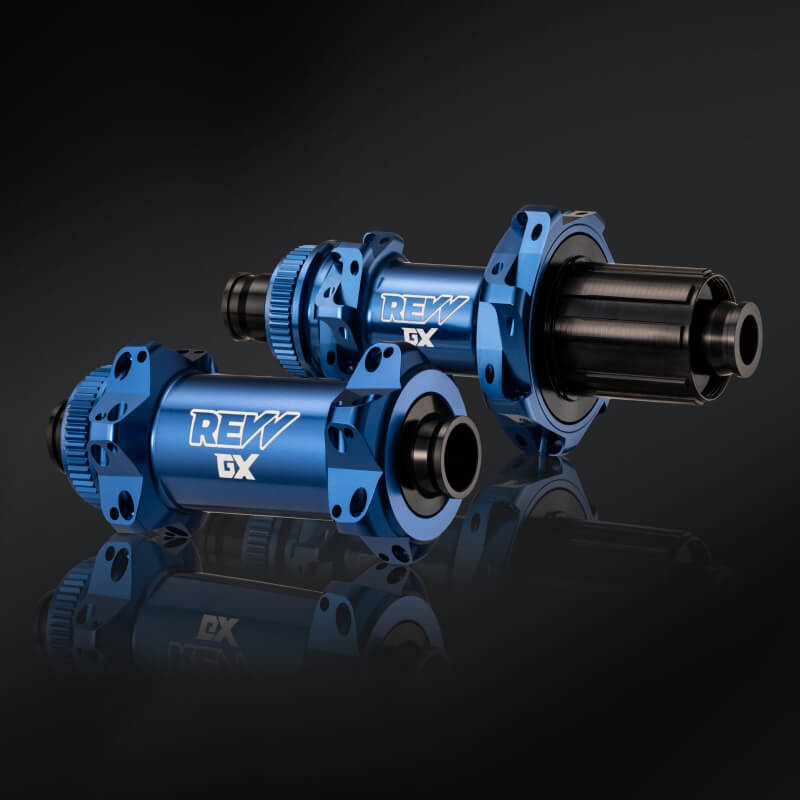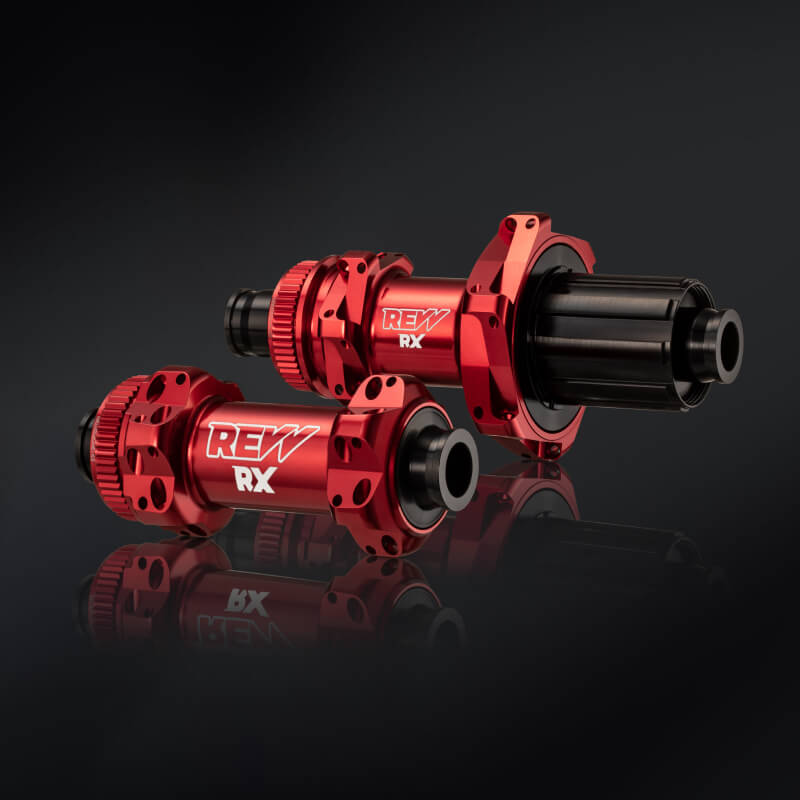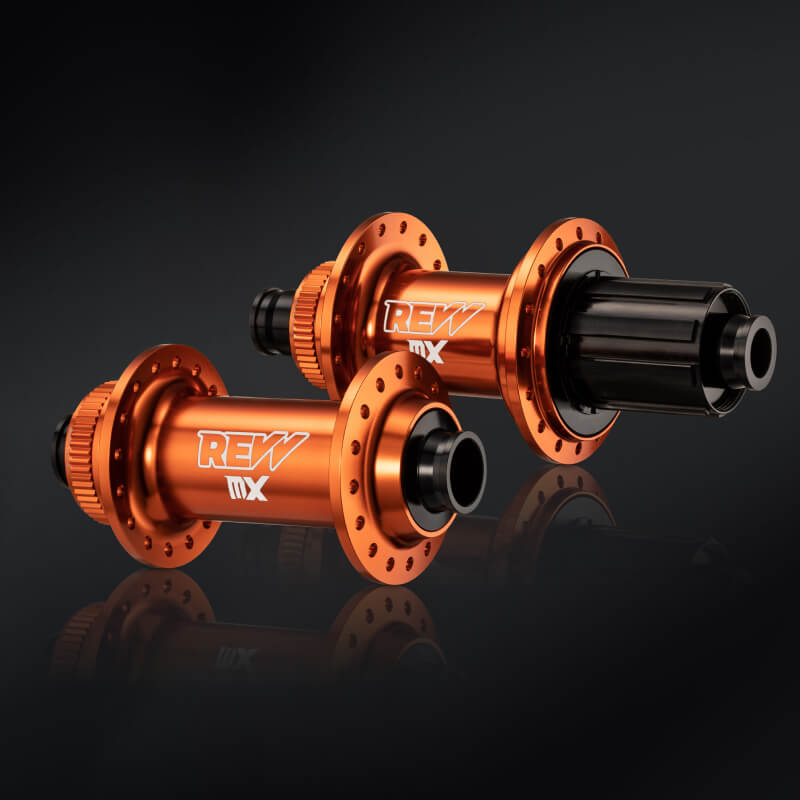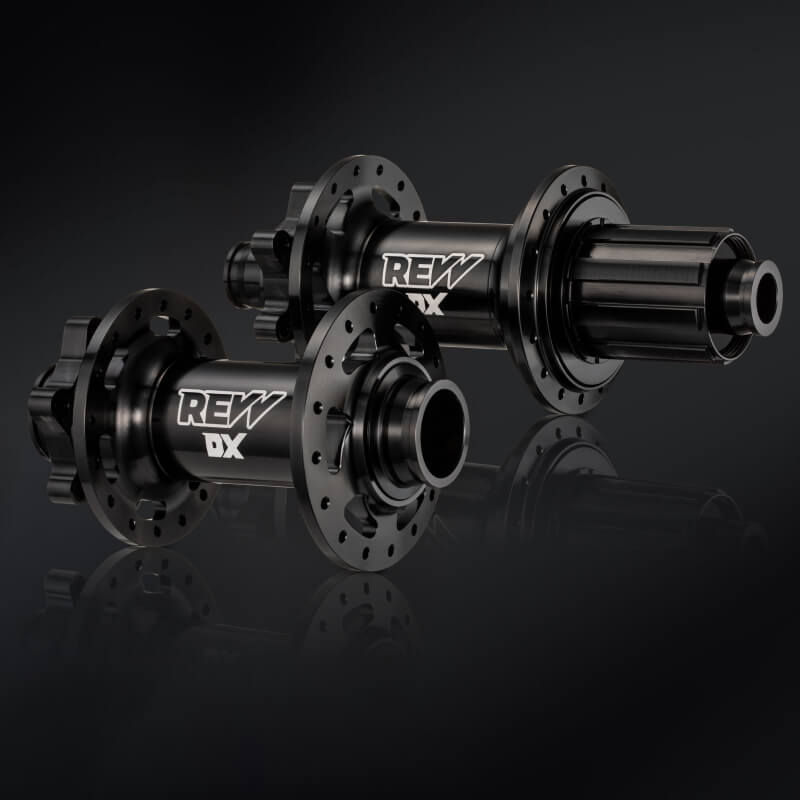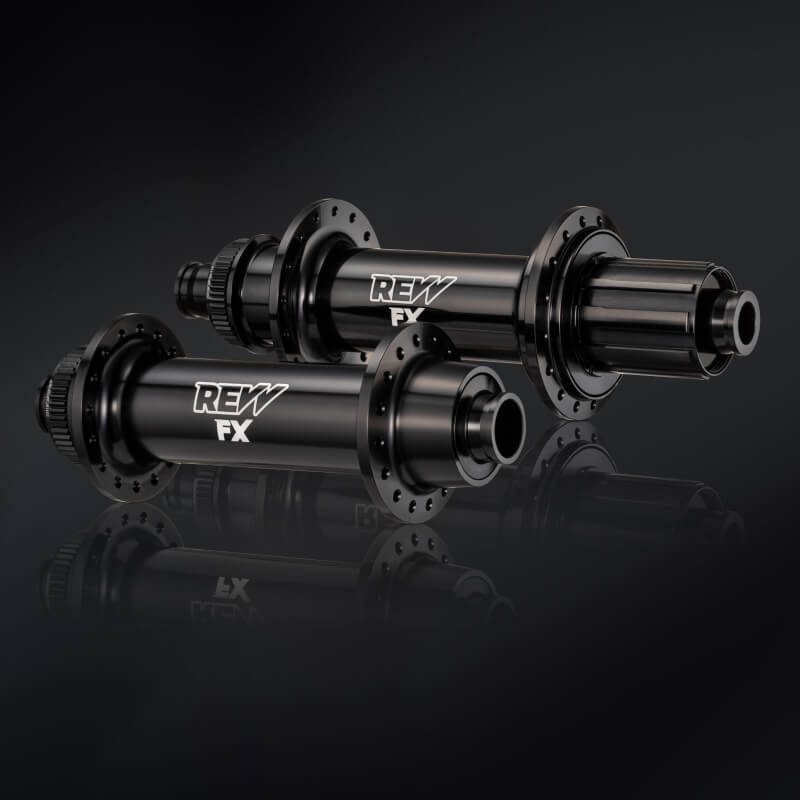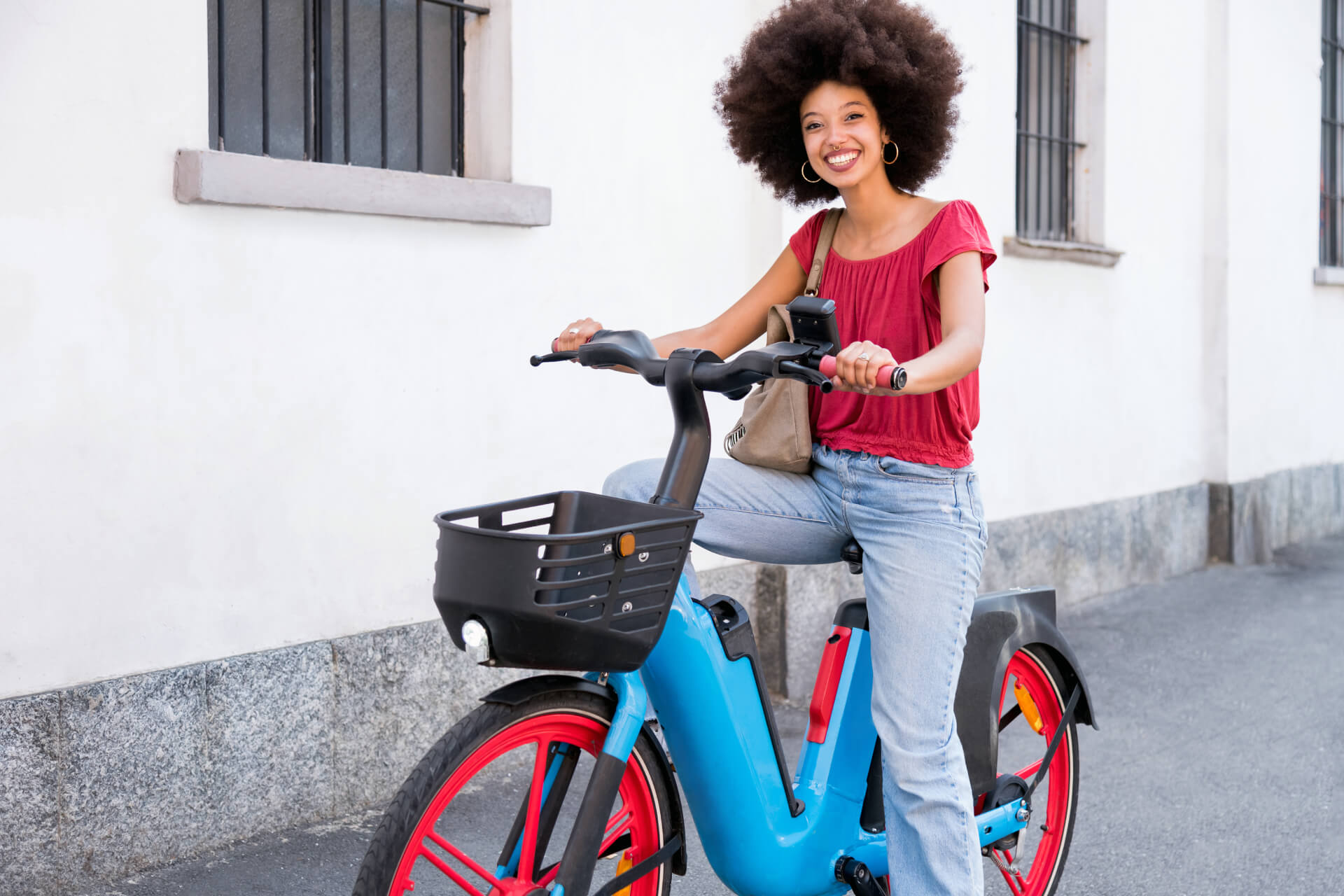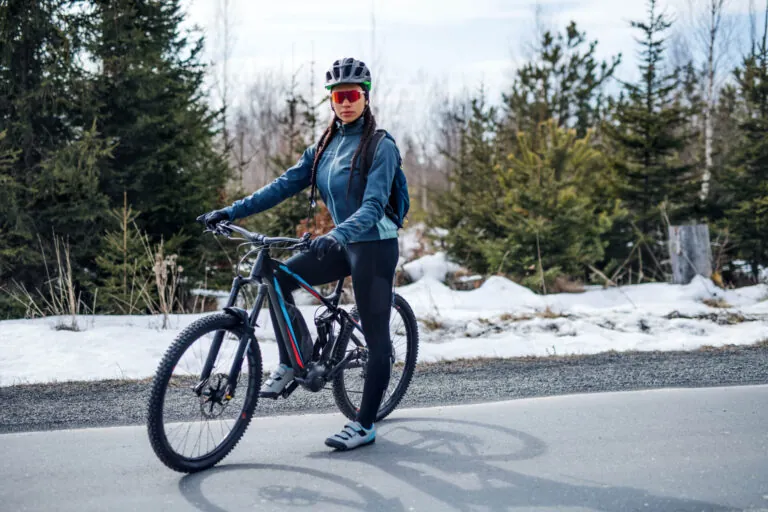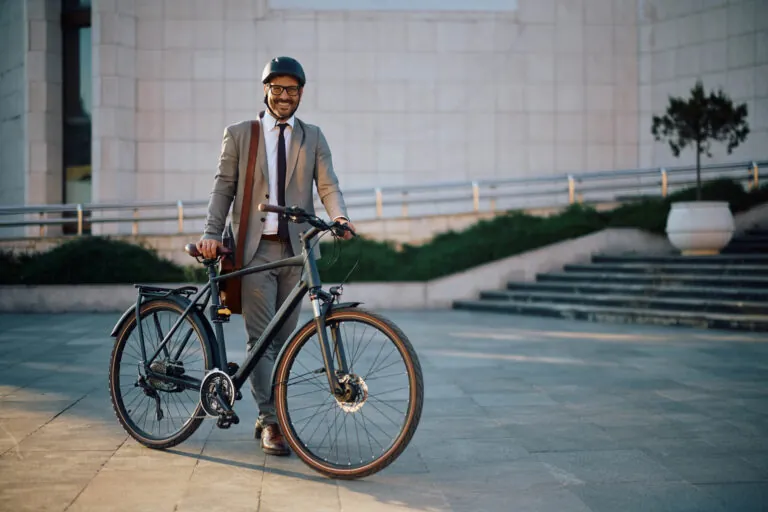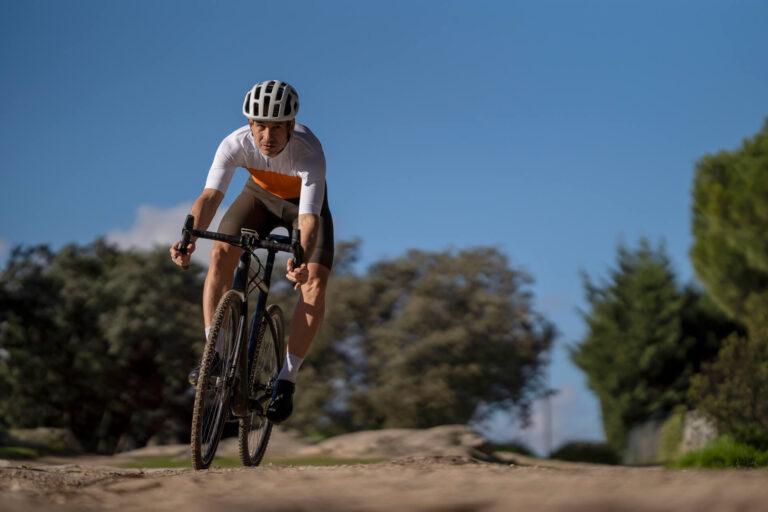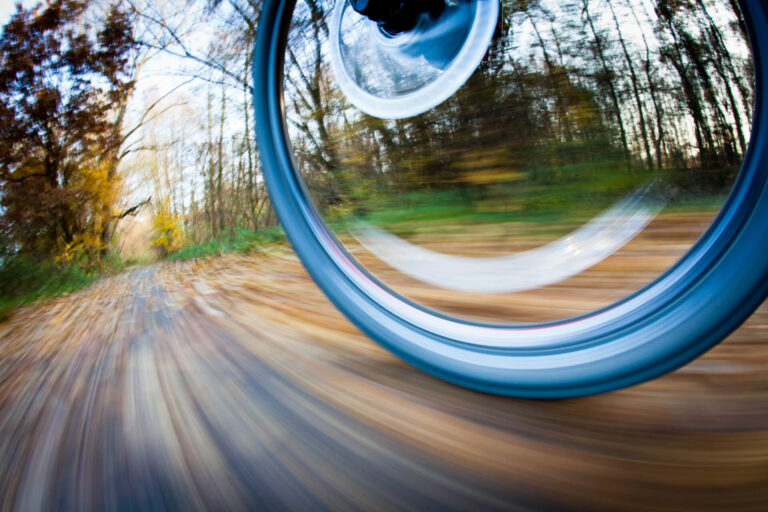Freewheel bike hubs and cassette gears have been around for over a century, but high torque electric motors for eBikes are a more recent innovation. So how do we make an eBike hub that meets the demands of riders today? In this article we’ll discuss eBike hub design and focus on the features that influence performance.
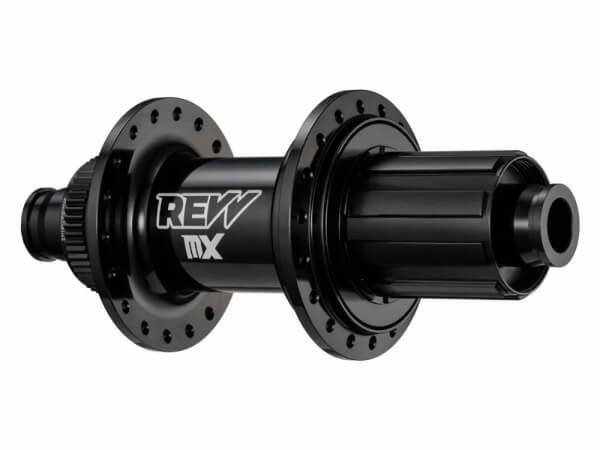
How are eBikes different from other bikes?
The obvious difference between eBikes and other bikes is in the addition of an electric motor to reduce pedaling effort. The motor can be mounted inside the front or rear bike hub, built into the central crank assembly, or can be externally fitted and connected into a standard bike chain and sprocket gear system when required.
Why is good bike hub design so important ?
Bike hubs keep your wheels spinning smoothly, transferring power from your legs, or electric motor, into controlled speed. Stable and smooth operation of your bike hubs is also essential for reducing speed safely when braking.
What are the 3 different types of eBike?
There are three types of eBike, standard bikes with an external motor added to the gear system, bikes with motors built into the front or rear bike hubs, and mid-drive eBikes with motors built into the crank.
Add-on motor eBikes
An eBike with an add-on external motor is based on a standard bike, but with an external motor and battery pack. Add-on motor technology is old, and bikes that use it have usually not been engineered for the torque requirements of electric motors.
Hub motor eBikes
eBikes with motors integrated into the hubs have visibly larger hubs but otherwise can look very similar to a standard bike. Rear hub motors have to be compatible with the gear cassette and hub assembly, which makes them more complex to engineer than front hub motors, so front hub motors are a popular cost-effective choice in this category.
Mid-drive eBikes with crank motors
Mid drive eBikes have the electric motor incorporated into the crank assembly, where the power comes from a person pedaling the bike. This keeps the hub, cassette, and wheel geometry that we are all familiar with. This is an important design feature, as we will see.
What type of eBike is best?
Adding an electric motor to a bike increases the available torque when pedaling as the motor kicks in. This adds stress to the bicycle hub, gearing, and chain that needs to be managed effectively to avoid excessive wear and breakages. The best eBikes need to be designed to seamlessly integrate electric motors and torque without impacting the experience of cycling for the rider.
Are eBikes with add-on motors any good?
Let’s start with the obvious: add-on motor driven eBikes based on standard bikes with no modifications are a cost-effective casual commuting and shopping bike compromise. They can be significantly improved, however, by fitting high quality torque-resistant hubs for increased reliability.
What about hub motor eBikes?
We’re used to having bikes that are rear-wheel driven, that’s where the force goes from your pedals. When you drive the front hub with an electric motor it changes the power distribution of the bike, which affects handling and traction. The increased weight affects front wheel balance, especially noticeable when turning. For this reason, front wheel hub motor eBikes are probably the least comfortable and least safe way of fitting a motor to a bike.
Rear wheel integrated motor eBike hubs have their own issues, again the weight is higher on the bike, and the hub is larger than a standard hub. This can cause problems with fitting standard disc brakes and using standard rim sizes, reducing your choices. Spokes will be shortened by larger hubs for the same size of rim, and this makes the wheel stiffer, affecting the quality of the ride.
Do mid-drive eBikes offer the best performance?
The mid-drive eBike with the motor in the crank assembly is the most efficient, and most popular style of eBike hub for performance eBikes, especially eMTBs. The center of gravity is lower and more central than with a hub motor, which keeps the bike balanced. The operation of the electric motor mimics the characteristics of a person pedaling the bike, so the feel is very natural.
You can get a lot of torque from the mid-drive motor, so it’s essential that the other bike components can take the strain, which is why it’s important to pay attention to the design of the driven wheel hub. This is why Revv manufactures special versions of our bike hubs specifically engineered for eBikes. Our patented SRS bike hub designs are excellent at efficient, smooth, torque transfer.
How does an electric motor affect eBike hub design?
The biggest difference between eBikes and other bikes is the instant power transmission from an electric motor through the hub and gears to the wheels. Electric motors work in a very different way to how human ‘motors’ work. The transfer of power from your legs to the bike hub is slower and has less torque than the operation of an electric motor.
Hub design for eBikes has to be able to cope with very sudden increases in torque when the electric motor kicks in. For this reason, our eMTB freewheel hubs have a steel freehub and 4 pawls instead of the 6 pawls found on our standard MTB freewheel hubs. This enables the hubs to absorb the additional torque without overstressing the hub structure.
What are the three cassette options for our eBike hubs?
- HG
- MicroSpline
- XDR
Which eBike hub is best for your needs?
A tried and tested hub designed for eBikes gives you added assurance. Our aluminum hubs are forged and precision CNC machined for aerospace grade strength and durability, with steel freehubs in our eBike designs to absorb the higher torque. Revv testing and quality control ensure defect-free manufacturing for years of trouble-free operation.
8 reasons to choose Revv hubs for your eBike
- Successful field testing over 2 years without failures
- Proven over 8,000kms of road tests
- Aluminum shells are 3D forged for durability and high torque resistance
- Revv hubs are high precision CNC machined to tight tolerances
- eMTB rear hubs have 4 or 6 reinforced pawls for high pressure transmission
- All Revv hubs use coil springs with balanced K-values for fast, synchronous engagement
- Reinforced ratchet ring is extremely durable and rugged
- Revv hubs can be anodized or painted to match the color of any bike
With the many choices available today for bike hub design and manufacturing, it can be difficult to decide on the best options. We know that aluminum is the optimum choice for general bike hub manufacturing, but for eBikes, steel hubs have the highest torque tolerances. This is why Revv offers both steel and aluminum options for eBike applications as well as the choice of any of the three standard types of cassette mounting.

